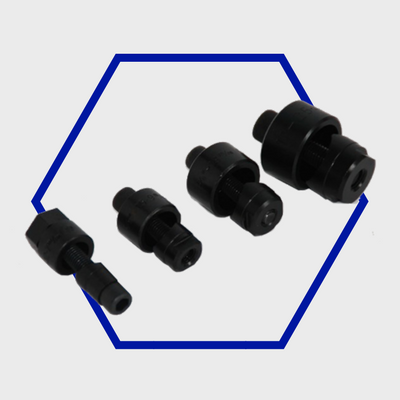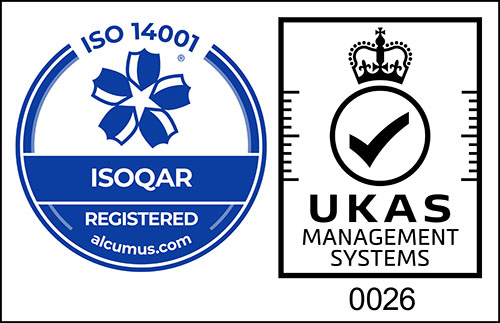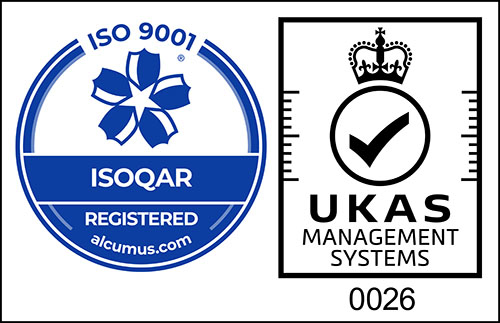You Asked: Which Process for a Matte Black Finish?

.png)
.png)
Options for a Black Matte Finish
Metal finishing process often have two core aims, the first being to extend part life through enhanced protection and the second to be aesthetically pleasing. Even where a part may not need to be used in a ‘decorative’ application it can be useful to distinguish different components through the use of a colour system. A matte black finish can be desirable for all of the above, but which processes can obtain this and what are their different applications?
Chemical Blacking
Chemical Blacking which may also be referred to as Black Oxide Coating is suitable for a variety of grades of steels as well as stainless steel. It is a conversion coating that is formed through a chemical reaction of the metal and an alkaline solution. This produces an oxide film, which will not affect the dimensional tolerances of the part and when sealed in a wax will also improve corrosion resistance. Black Oxide Coatings will not crack, peel or flake and can only be removed through mechanical/chemical means. This process is a good option for smaller steel parts with intricate geometries.
Sulphuric Anodising
Sulphuric Anodising which may also be referred to as Natural Anodising, is a process often used on non-ferrous metals such as aluminium, magnesium and titanium. Anodising will increase the hardness, wear and corrosion resistance of a component and will also be resistant to scratching and abrasion. Different alloys will often result in different shades of colour , but one advantage of Sulphuric Anodising is that it’s a great carrier for coloured dye and will produce a uniform finish. Anodising is widely used in a number of different industries but is most noticeable in aircraft components and sporting goods.
Zinc and Black Passivate
Zinc Plating which may also be referred to as galvanising, is a process that is applicable to a wide variety of different metals. It offers a good level of corrosion resistance for a low cost point, and can be sealed using a passivation process to give it a black coloured finish. Zinc plating acts as a sacrificial barrier, protecting the metal underneath and is suitable to combat the corrosive effects of air, water and seawater but will not perform well in chemically corrosive environments. Zinc Plating is best suited to smaller sized components such as screws and nuts that are not going to need a higher levels of protection.
Powder Coating
Powder Coatings are quite often used in conjunction with other plating/coating as a final protective barrier for any given component. Powder Coating produces a hard and durable protective finish that increases a component’s resistance to chemical resistance. Powder Coating is applied and then cured in an oven to create a smooth film. The main difference between Powder Coating and traditional painting is that Powder Coating does not require a solvent to keep it in liquid form.
These are the most popular processes for obtaining a matte black finish, and depending on your application and material, Silchrome can guide you as to a suitable process. We are ISO 9001 and 14001 certified and all of our processes are carried out in our manufacturing facility in Leeds, West Yorkshire.




